How to determine fact from fiction so you can start your own Registered Apprenticeship Program.
—
It’s no secret that the skilled trades are facing a massive labor shortage. To grow your business, you need qualified and hardworking employees. But where are they?
America Works Data reports there are just 8 available workers for every 10 jobs in the U.S., and the market is even more pinched for skilled trades. The pipeline is shrinking, with the number of young people applying for skilled trades dropping by half between 2020 and 2022 according to Handshake. Take your training into your own hands and fill your talent pipeline by creating a Registered Apprenticeship Program today!
In this guide, we’ll walk you through what a registered apprenticeship is, debunk popular myths about it, and outline the steps to build one for your business.
What Is a Registered Apprenticeship?
Registered Apprenticeship is a structured training program recognized by the U.S. Department of Labor. While the program is regulated and needs to meet certain standards, the flexibility stays in the hands of the business. Participating in a registered program gives you access to resources, including expert insights, potential tax credits, and recruitment assistance as part of a national database.
Companies across manufacturing, construction, solar/clean energy, information technology, transportation, and agriculture are already using the Registered Apprenticeship model and are seeing a positive return on their investment.
Components of a Registered Apprenticeship Program
- Industry-Led: Programs are designed to meet industry standards to ensure apprentices are highly skilled in their profession.
- Supplemental Education: Structured training combines on-the-job learning and virtual or in-person instruction.
- Safety: Proper safety training is built into every program to ensure workers have the skills to stay safe.
- Credentials: Apprentices receive a nationally recognized credential upon completion.
Top 4 Myths About Registered Apprenticeship Programs
Apprenticeships in various forms have existed for decades, so there are many misconceptions about them. Here are four popular myths about apprenticeships– and why they no longer apply.
1. “Apprentices won’t stick around.”
Training workers takes time, and it’s natural to worry that you’ll lose your time investment after months or years of training someone. The reality is that retention rates for apprenticeship programs are favorable. Consider these stats: the DOL reports that 90% of registered apprentices stay with their employer after completing their program. You can also use registered apprenticeships to upskill current workers, boosting retention.
88% of businesses with a registered apprenticeship program report improved employee loyalty, and 76% report reduced turnover thanks to the program. Implementing an apprenticeship doesn’t mean you’ll have a revolving door of workers.
Myth 2. “Apprenticeships aren’t effective.”
You might have heard that registered apprenticeships are too rigid or behind industry standards. Here’s the reality: while the DOL certifies the program, you control who you hire and the program structure, meaning you train to industry standards and bring in access to top-of-the-line curriculum. With innovative technology like online simulation-based training, registered apprenticeships are flexible enough to provide cutting-edge learning methods that engage workers and supplement classroom training.
The proof is in the outcomes: Research shows that employers who offer registered apprenticeships experience increased productivity across the workforce, an improved bottom line, and a pipeline of loyal skilled workers.
Myth 3. “Setting up an apprenticeship requires a ton of work from the employer.”
To set up a registered apprenticeship with the DOL, employers need to be educated on the necessary requirements to run a program. Your team may be capable of navigating the list of requirements but, to speed up their progress, the reality is you don’t have to do it all yourself. You can partner with organizations or companies like Interplay Learning to walk you step-by-step through the process, provide a curriculum to meet the supplemental education requirement, and administratively manage your entire program.
Myth 4. “Apprenticeships are too expensive.”
While some elements of apprenticeship programs have associated costs, most businesses find that the benefits of apprenticeships outweigh the costs. First, you’re already spending money on hiring and training employees. Second, skill shortages are costing you money and cramping your growth potential.
A DOL-commissioned study of registered apprenticeships found that over two-thirds of employers saw a positive ROI on their apprenticeship investment, further busting the myth that apprenticeships aren’t worth the expense. For every $100 dollars a business invests in apprenticeship, they generate an average of $144.30 in return. This benefit comes from direct benefits like productivity and indirect benefits like improved company culture, improved pipeline, and reduced turnover. When considering direct and indirect benefits, employers gain a net benefit of $17,862 per apprentice.
As a government program, apprenticeships are eligible for state and federal tax credits, grants, and tuition support– meaning you can cover some of your costs. The DOL committed $13 million to registered apprenticeships in 2022 to help business owners close the skills gap.
Considering the spend you are already making on hiring and training and the costs associated with skills shortages, you’ll be able to clearly associate the ROI from further investment in your apprenticeship program. Your mindset will shift from seeing the program as a cost to seeing it as an investment.
Get Started With a Registered Apprenticeship Program
If you are having trouble finding employees with the skills you need and are ready to take your talent pipeline into your own hands, consider a registered apprenticeship.
Interplay Learning can help you fast-track the creation of your own DOL-approved program with program setup and management, experts to walk you through the administrative process, and comprehensive simulation training.
Contact us to get started with your own program!








